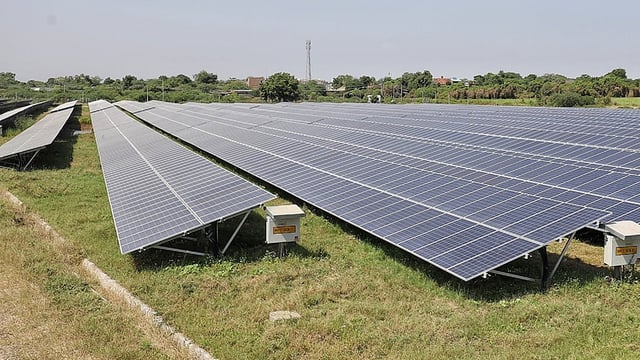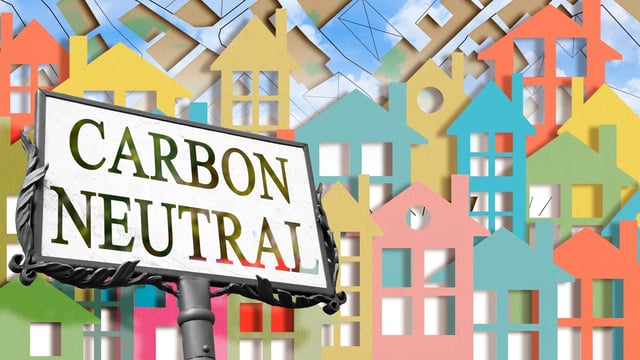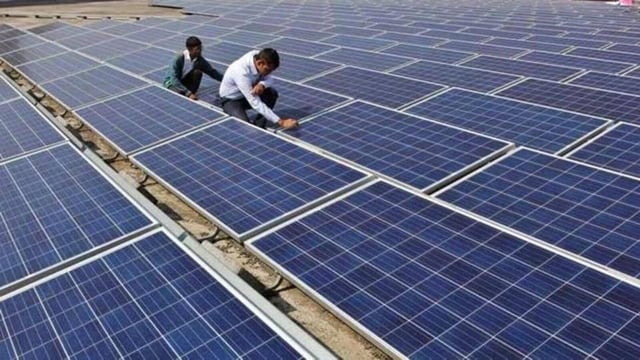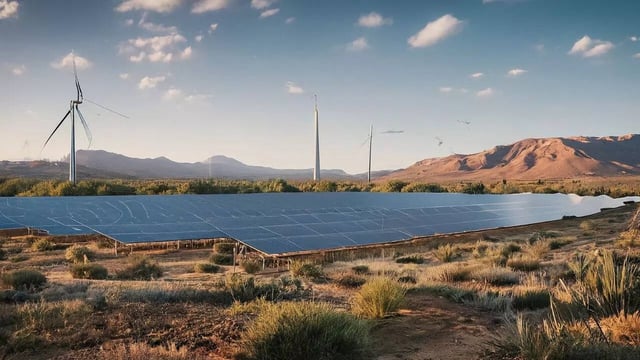Overview
- As of July 2025, India’s total installed capacity stands at 484.8 GW with 242.8 GW (50.1%) from non-fossil sources, meeting its Paris Agreement NDC target five years early.
- Between April 2024 and April 2025, a record 30 GW of clean energy was added, driven by flagship schemes such as PM-KUSUM, PM Surya Ghar, solar parks and the National Wind-Solar Hybrid Policy.
- In July 2025 the Cabinet approved a ₹1 lakh crore research fund to accelerate development of energy storage, grid modernization and green hydrogen technologies.
- The Cabinet Committee on Economic Affairs granted NTPC authority to invest up to ₹20,000 crore in renewable capacity through 2032 to help achieve 60 GW of clean power additions.
- Thermal plants continue to generate over 70% of electricity output due to renewable intermittency, highlighting an urgent need for storage solutions and grid resilience.



